Gen Z might not understand this, but the standards for internet speed have drastically changed in recent decades. From dial-up connections with less than 1mbps speed to Gigabit-level fiber connections, it is a long way. Unlike in the old days, people also need higher upload speeds.
So, I understand how annoying it is when your upload speed is slow. However, understanding the reasons for low upload speeds can help you fix it as well.
How to Fix Slow Upload Speed Issues with Your Network
To fix slow upload speed issues with your network, you should ensure that you have a compatible internet connection, supported hardware, and updated software. Maintenance by your ISP could also be responsible for slow upload speeds. Therefore, you should check the speed within different environments and compare them.
Let’s Revisit Some Basics
Before diving into the methods to fix the low upload speed problem with your internet, we have to revisit some basics. In particular, you have to understand how we measure upload speed and how the standards for these speeds have changed in the past couple of years.
We will also look at the typical expectations from the multiple options available.
Some Metrics for Internet Speed
The global standard for measuring the internal speed is Mbps or Gbps. However, there are some differences that you should be considering. Ideally, Mbps and Gbps refer to the amount of data that your connection is capable of handling per second. For instance, when you have an internet connection with a speed of 1Gbps, it means the connection can, in the best instances, transfer up to 1Gb of data in a second.
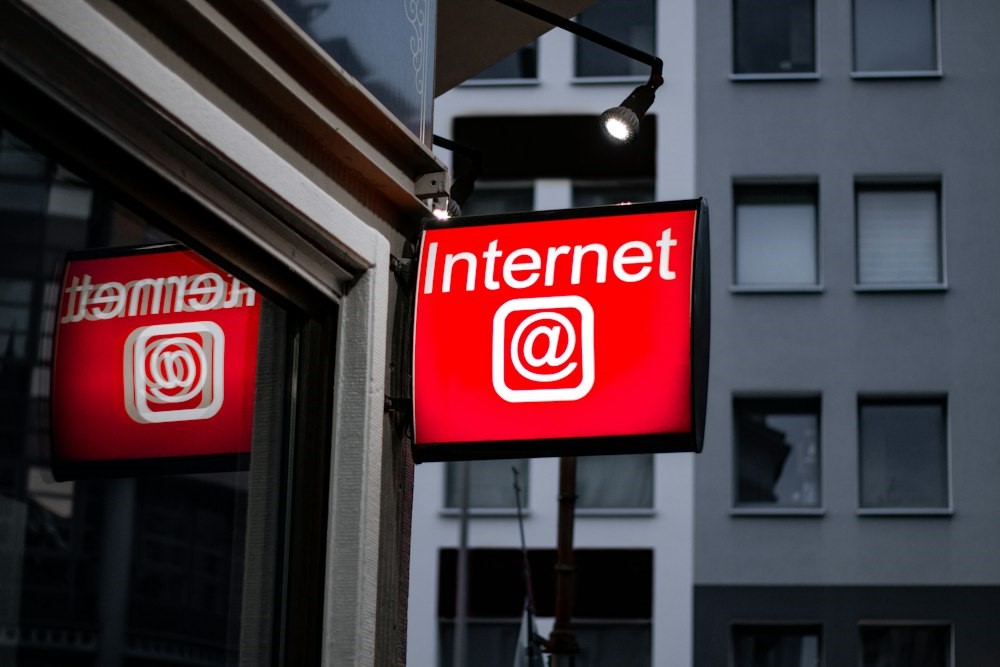
But, you should not confuse this with 1GB of data. It is important to understand that Mbps and Gbps become Megabits per second and Gigabits per second when expanded. You need 8 megabits to create 1 megabyte and 8 Gigabits to create 1 Gigabyte. So, when you purchase a 1Gbps internet connection, it does not mean that you can upload or download 1GB of data in a second. Instead, the amount will be 128MB at max.
Therefore, a 300Mbps connection should ideally offer a download and upload speed of 37MB per second.
Difference between Download and Upload Speed
You should also understand the integral difference between download speeds and upload speeds of your internet connection. A little bit of history here.
Download Speeds
Essentially, download speed refers to the speed at which your internet connection can receive content from the internet.
For instance, when you use YouTube, Netflix or Disney+ to stream videos, the computer or smartphone will retrieve content from the respective servers. So, you can enjoy a smooth streaming experience only with a good download speed.
Upload Speeds
Upload speed, on the other hand, means the speed at which your device can send information to the internet service.
For instance, when you want to upload a photo/video to Google Drive or attach a document to an email, you are sending that information to the remote server. Similarly, when you are in a live stream or a video call, the computer has to send your video input to the servers which will process it.
But probably the most speed-consuming task would be for content creators. For instance, a typical YouTube video at high quality will be a couple of gigabytes in size. So, uploading these files means a lot of time, unless you have an internet connection with good upload speeds.
A Good Upload Speed: an Overview
As per the definition of the FCC, a broadband connection must have a minimum download speed of 25Mbps and upload speeds of 3Mbps. We will see how these numbers weigh.
Activity | Recommended Upload Speed | Data Transfer Rate | Insights |
|---|---|---|---|
Regular Browsing | 3Mbps | 375KB per second | Suitable for basic browsing and email. Multitasking may be problematic. |
Online Meetings | At least 10Mbps | – | 3Mbps can handle meetings but compromises video quality. Full HD meetings require more. |
Online Gaming | 3Mbps | – | Adequate for most games; focus on ping and latency for a better experience. |
Work from Home | Minimum of 10Mbps | – | 3Mbps is insufficient for collaboration and multiple meetings. |
Live-streaming | 10Mbps for 720p; more for higher quality | – | 3Mbps is inadequate, especially for high-quality streams. For 4K, significantly higher speeds are needed. |
Uploading Videos | Depends on user’s time and effort valuation | – | No specific speed; efficiency depends on file size and available upload speed. |
So, depending on your budget and the size of the content you upload, you will need a higher upload speed, and we recommend internet services with upload speeds as high as 100 Mbps.
Now that we have covered the basics, we shall explore the potential reasons for a low upload speed on your network.
17 Reasons Your Upload Speeds Are Low and Solutions
We will quickly go through the common factors affecting the upload speed of your connection.
#1 Slow Internet Plan
First, you should check whether your internet plan offers a good upload speed. If you have a slow internet plan, you will have a slow upload speed as well.
Solution: Upgrade to a better internet plan.
#2 Modem Not Powerful Enough
Even if you have an internet plan with good upload speeds, you should have an equally powerful modem to make use of the upload speed. Therefore, it is important to check whether your current modem is powerful enough to handle the bandwidth.

Solution: If your old modem is not working as it should or if it doesn’t meet the basic requirements of your internet service provider, you should change the modem.
#3 Ethernet or Signal Cables
Incompatible or damaged Ethernet and signal cables could also be responsible for why you have a low upload speed. However, the impact of these issues will be visible on the download speed as well. But you may not recognize this if you have a plan with, say, 100 Mbps of download speed. Therefore, it is important to check whether you are using a compatible set of cables and other networking hardware.

Solution: Check the compatibility of existing cables/connectors and upgrade if necessary. You may also want to use a more future-proof Ethernet cable, such as Cat6e or Cat8.
#4 Issues with the ISP
If you have a modern network modem and compatible hardware along with a suitable plan, you should not be worrying about the slow upload speed.
However, this may happen if your internet service provider has an outage or is running some maintenance. Mostly, you will receive a notification about these events so that you can be prepared.
#5 Upload Speed Throttling

Upload speed throttling is common among many ISPs, and it may not be clear from the company’s terms and conditions. Considering this point, you can ask the community to know whether others are also facing issues with upload speed.
Solution: If you find that your ISP is throttling the upload speed, you can take it up with the company, but they are not going to make any changes. Therefore, you might once again want to shift to another internet service provider.
#6 Hardware Problems with Router
As you can guess, hardware issues with Wi-Fi routers are responsible for a multitude of difficulties while using Wi-Fi and the Internet. The case is the same when we are dealing with slow internet speeds, especially upload speeds. Therefore, it is a good idea to check whether the router is working as it should.
#7 Router Firmware Issues
Issues with the Wi-Fi router firmware can also cause some impact on the upload speed. This could be the case while you are working with a high-speed internet connection for uploading long content. Therefore, if you are already paying for a high-speed connection but cannot make use of the speed, you should check for an issue with the router firmware.
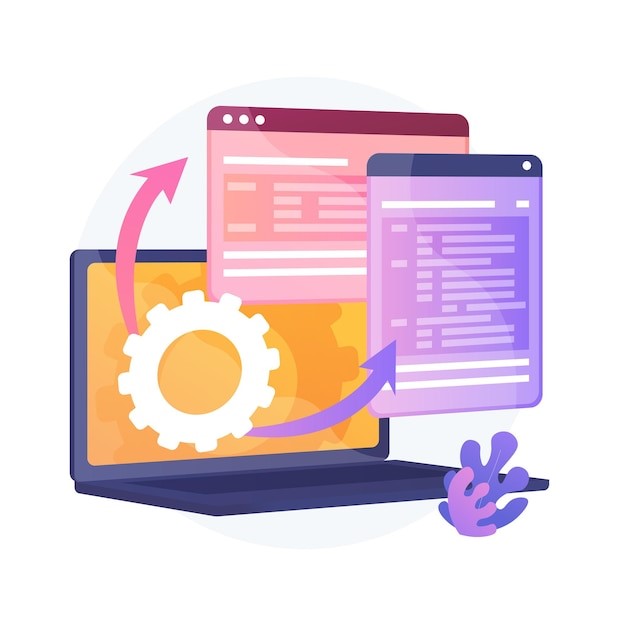
Solution: Update the Wi-Fi router firmware to the latest version.
#8 Non-Optimized Placement of the Router
Do you face slow upload speeds when you move away from your house? In that case, you should check whether you have placed the router in an optimized place. If you haven’t, you will have to shift it to a place that will provide a consistent signal to all your devices.
#9 Issues with Your PC or Smartphone
It could also be the case that the slow upload speeds are the result of an issue with your PC or smartphone. Sometimes, multiple hardware or software issues with the device could contribute to issues with the upload or download speed.

Therefore, if you encounter slow upload speeds on a device, you should check whether the same happens on other devices as well. If you think there is a pattern, you can make some decisions to circumvent the issue.
Solution: Fix the software/hardware issues with your smartphone or computer. Steps include updating the OS and reinstalling Wi-Fi drivers.
#10 Malware Presence on Devices
Slow upload speeds can also be an indication of malware presence on your device.

Therefore, it is important to frequently check your device for potential malware and remove it as soon as possible.
#11 You Are Using VPN
If you are using a VPN for any purpose, you should understand that it will have an impact on both the download speeds and upload speeds. Nevertheless, I have observed that upload speeds are more affected in this process.
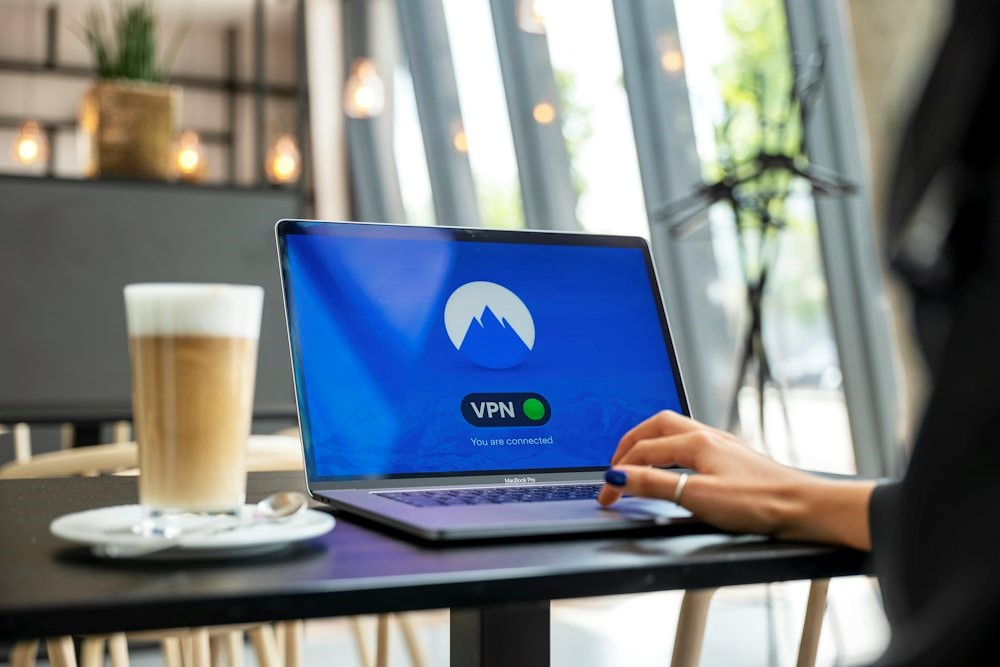
It is because VPN service providers take some extra measures to enhance the download speed and match it to the original internet speed. Therefore, even if you have a 100 Mbps connection, you should expect less than half the speed for uploads if you have turned on a VPN service.
Solution: You should check the upload speed after turning off the VPN service.
#12 Running Too Many Apps
You should also understand that the upload speed is sometimes an idea of perception. That is, if you are running multiple applications that upload content, you will feel that the upload speed is low. Therefore, running too many apps on your device could be a reason why you face upload speeds.

Here is an approach that I recommend. You first have to mention, that you first have to understand the actual upload speed of the network using a platform like Speedtest or Google Speed Test. Make sure that you are not running any apps while testing the speed.
Then, if the upload speeds drop when you open a couple of apps, you can confirm the suspicion.
#13 Cache and Junk Files
As always, cache and gen files on your device could impact the upload and download speeds. So if you are consistently facing low speeds while trying to upload something, you should try clearing the cache and gen files on both your web browser and the system itself.
#14 Speed Limits on the Network
When you face slow upload speeds on a network that you do not have control over, in that case, network administrators may impose a limitation on the network. For instance, it may dynamically control the upload speed that is allocated to each device, and your device may not always have access to the right amount of bandwidth.
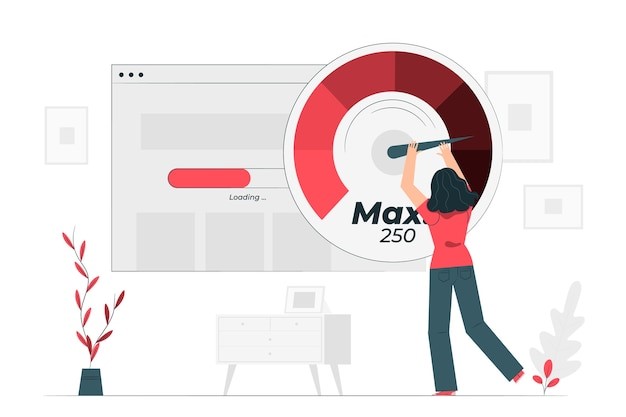
Hence, it’s a good idea to check with your network administrator and understand whether such restrictions exist. And if possible, you can ask for the removal of these restrictions.
#15 Network Hardware Issues
Similarly, if your network uses additional hardware such as an Ethernet switch or Ethernet splitter, problems with these pieces of hardware can also cause slow upload speeds.
These instances are common when you use network devices for bandwidth allocation. So you might want to check the dashboard of these tools to understand whether the equipment is the cause.
#16 Network Overload
It could be that one of the connected devices is using more bandwidth than it should. As a result, if you use a smartphone or another computer, you might not have enough resources to upload data.
Fix: The only option is to check the network and see if other devices are overusing the resources. You may want to remove or suspend these devices until you find a way to allocate resources.
#17 Wi-Fi Blind Spots
If you face slow upload speeds while using the Wi-Fi network, it could be due to something called Wi-Fi blind spots. These blind spots appear when you have a router that cannot cover the full area within your house or office.
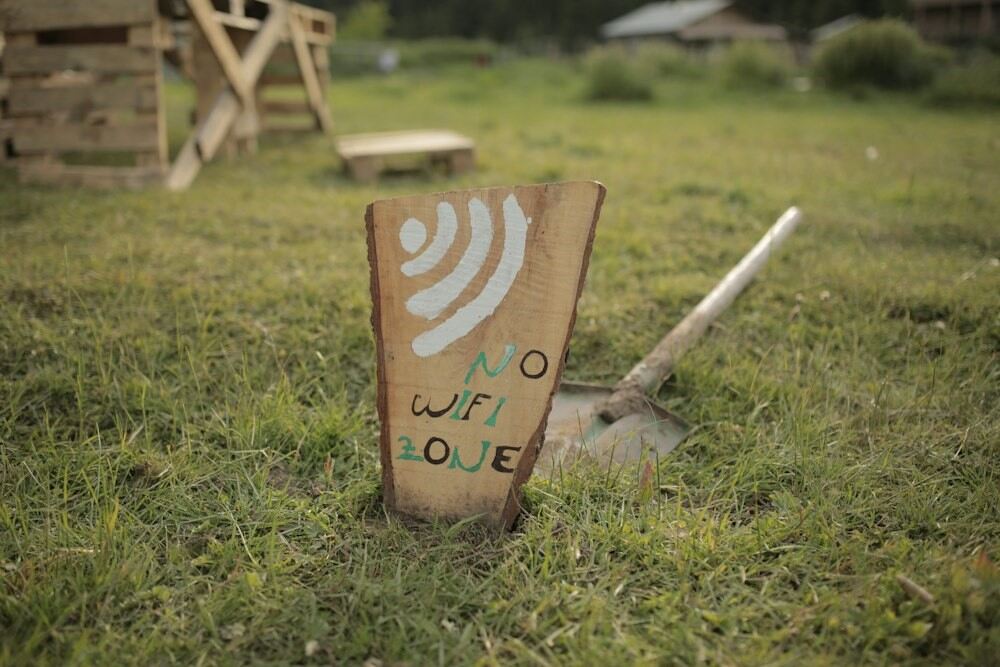
Frequently Asked Questions
To fix slow upload speeds, you should first check if your internet plan offers such a high bandwidth. If not, you will have to update the plan. If you have the right plan, you should check if the issues with routers or cables are causing the slow upload speeds.
To check the download and upload speeds of your internet service, you can use services like Speedtest and Google Speedtest. These services will try to download and upload a standard file and show you the metrics for the exact speed.
To increase upload speeds, you might want to upgrade to a better internet plan. If you use an old router, upgrading to a newer model will also help. In the same way, you may have to enable bandwidth management within your Wi-Fi network.
Conclusion
While I understand that the guide is not exhaustive, I have tried to cover all the major reasons why you have slower upload speeds. It is a good measure not to blame your ISP first, instead you should take the reverse one.
In my case, I first start with the device and the router. If both these things are not responsible for the upload speed, I will get in touch with the internet service provider and ask if there are upload speed caps. Depending on your requirements and your patience to fight, you may engage in a conversation or move to a different internet service provider.